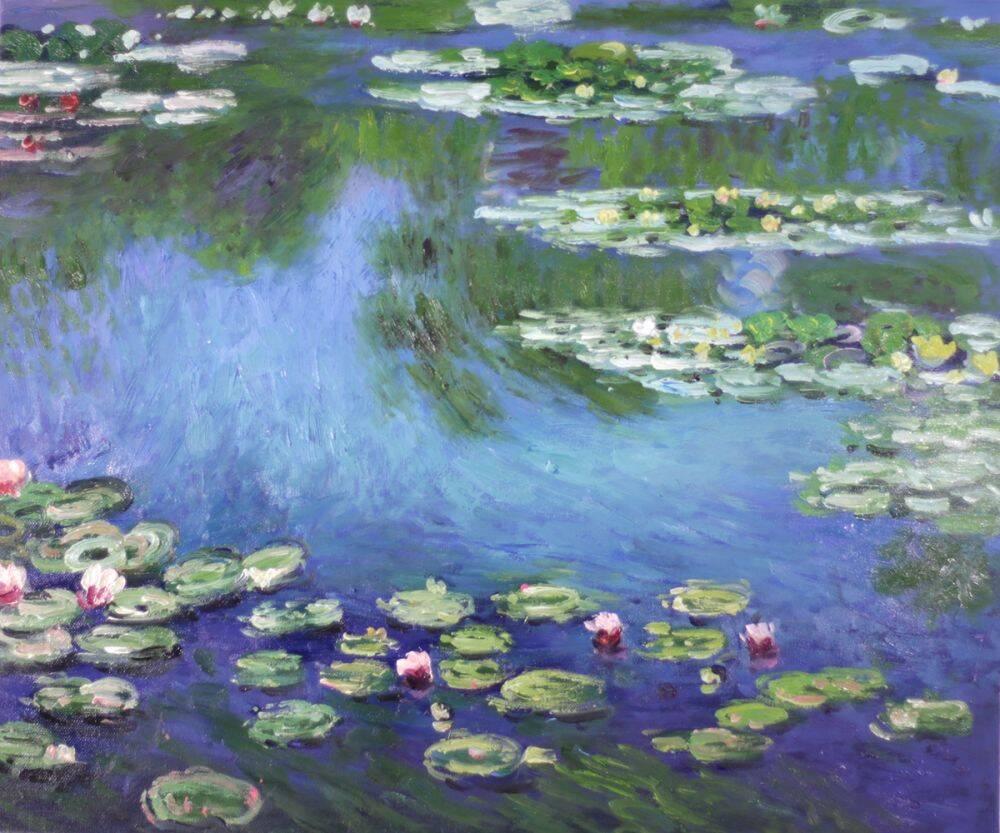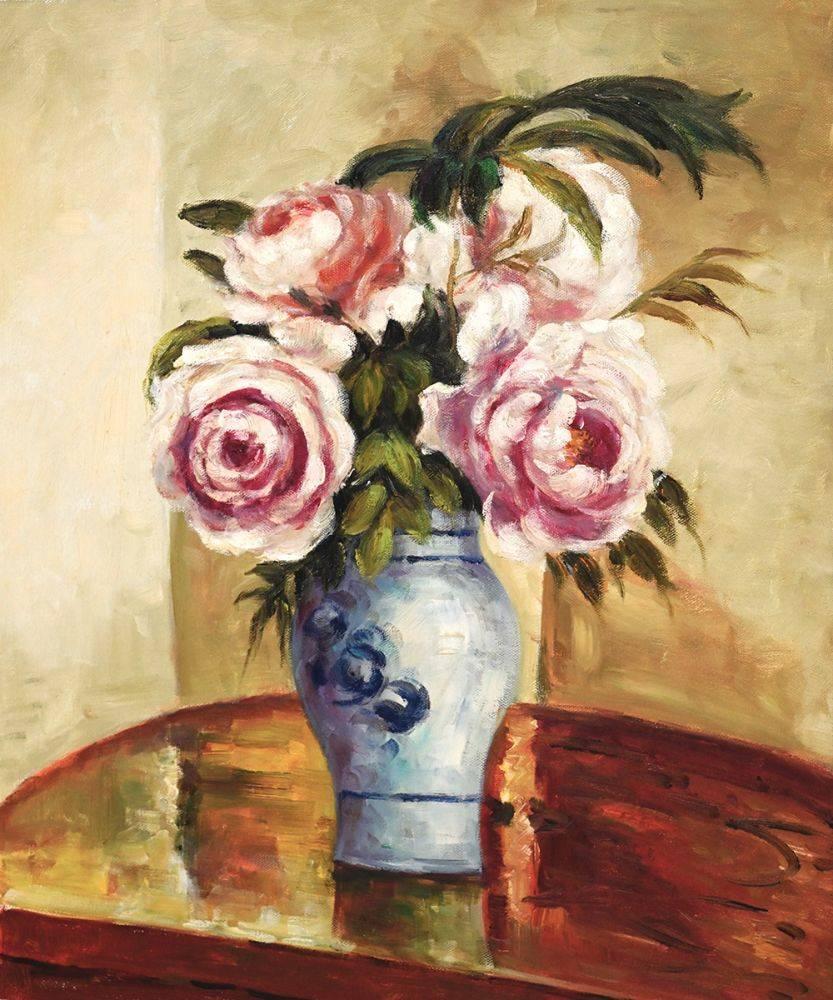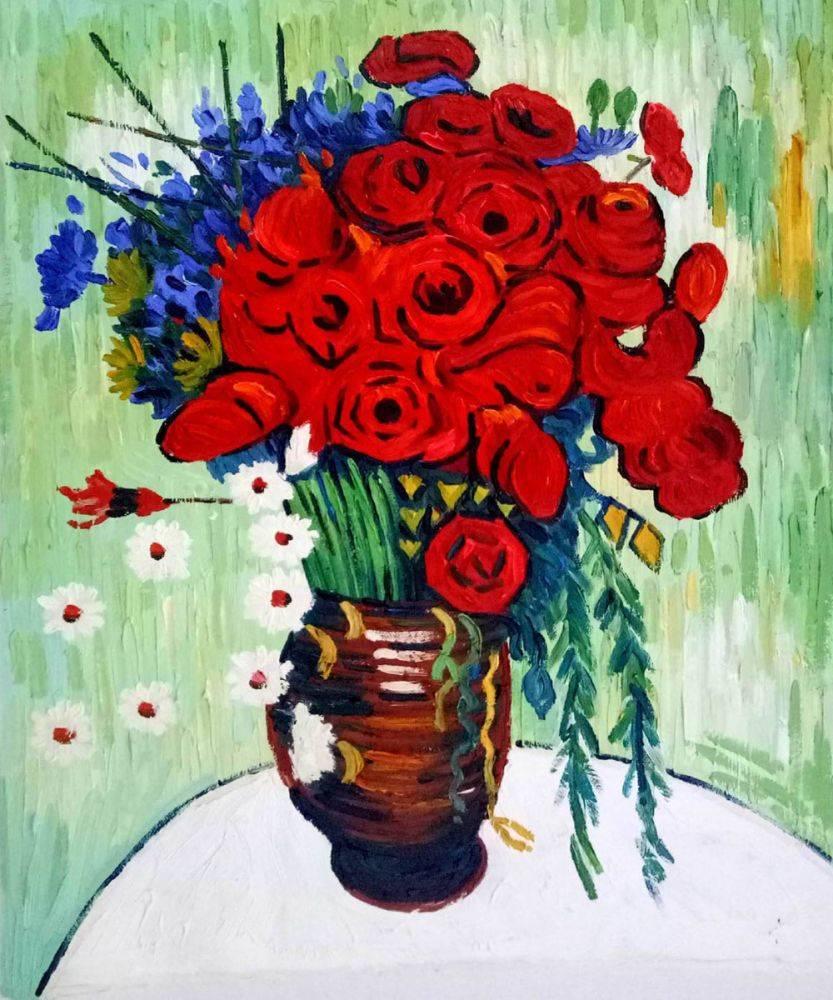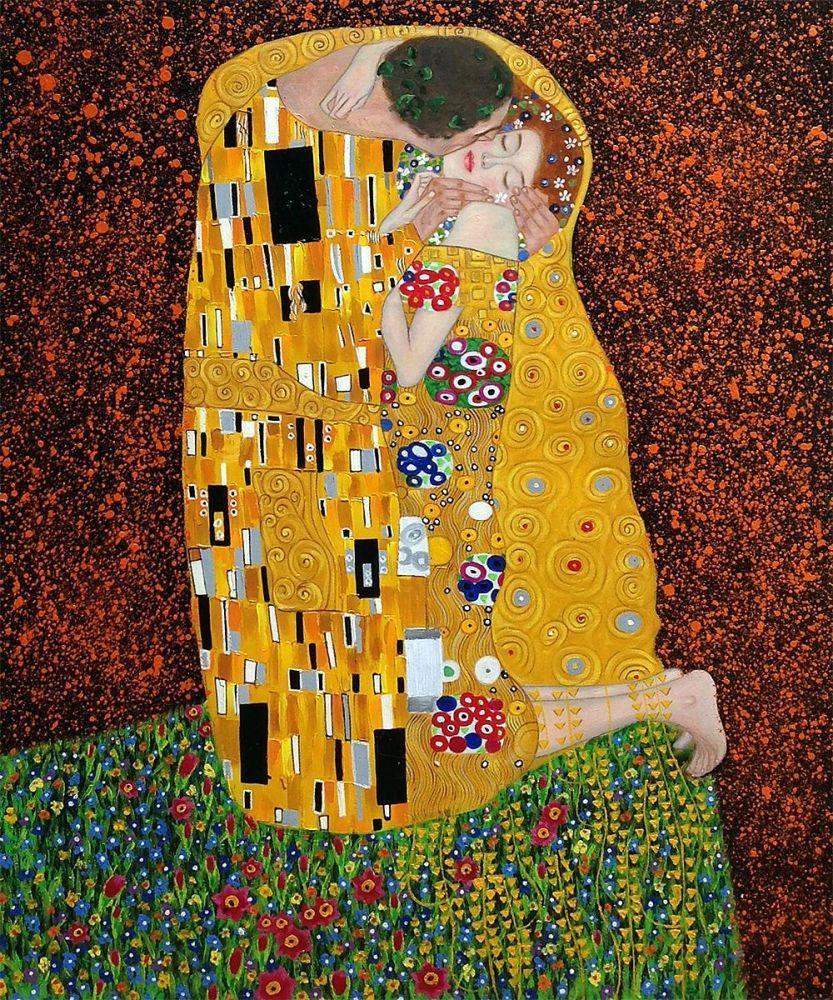Art
The Life and Works of Henri Matisse
The undisputed leader of the Fauve Group, and regarded as one of the great formative figures in 20th-century art, Henri Matisse was a master of the use of color and form to convey emotional expression.
Born on December 31, 1869 in Cateau-Cambresis, in the north of France, Matisse grew up in a middle-class family. Eventually, he studied and began to practice law. However, while recovering from a medical ailment, Matisse began painting and became intrigued by it.& Soon, he gave up his law practice and moved to Paris to study art formally.
In 1893, Matisse’s work was noticed by Gustav Moreau, an art teacher in Paris. Moreau eventually asked Matisse to join his atelier without requiring an entrance exam. Matisse officially joined Moreau’s atelier in 1895. In 1896 and 1897, Matisse first exhibited his work in the Salon de la Societe Nationale.
Matisse’s early style was a conventional form of naturalism, using many of the elements found in the works of several of the old masters. He also heavily studied more contemporary art, especially that of the impressionists.
Matisse’s eventual artistic liberation, in terms of the use of color to render forms and organize spatial planes, came through the influence of French painters Paul Cezanne and Paul Gauguin and the tragic Dutchman, Vincent Van Gogh.& Later, he developed his style further after the work of Henri Edmond Cross and Paul Signac, using small strokes of pure pigment to create the strongest visual vibration of intense color.
In 1905, Matisse’s liberation was easily shown in several of his commissioned works for Sergey Shchukin, a Moscow industrialist, who frequently bought out Matisse’s studios around this time. Shchukin requested that Matisse paint two murals for the grand staircase of his house in Moscow, the Trubetskoy Palace.& The themes of the paintings were to be “Dance” and “Music.”
One of the paintings that came from Shchukin’s assignment was The Dance, or La Danse.& Matisse is said to have gotten the idea for this painting in Collioure in 1905 while watching fishermen and peasants on the beach in a circular dance called a sardana.& Although the traditional sardana is a rather stately routine, La Danse is a strikingly more intense version.& The circle of stamping and twisting represents every motion to be as ancient as the dance itself.
In 1914, war broke out in France.& Too old to fight, Matisse was too wise to imagine that his art could interpose itself between history and its victims, and he was too certain of his alms as an artist to change them.& Through the war years, Matisse’s art grew more and more abstract, as well as more amplified.& A good example of his style during this time period can be seen in The Moroccans from 1916.
In 1917, Matisse moved permanently to the South of France.& “In order to paint my pictures, I need to remain for several days in the same state of mind, and I do not find this in any atmosphere but that of the Cote d’Azure,” he said. He spent most of the rest of his days living in the Hotel Regina in a vast apartment where he was able to have room to create. The elements of his time in his new residence frequently appeared in many of his later paintings.& In fact, Matisse once said he wanted his art to have the effect of a good armchair on a tired businessman.
Overall, Matisse’s work reflects a number of influences, including stylized forms of the masks and sculpture of African art, the decorative quality of Near Eastern art, the brightness of the French impressionists and the simplified forms of Cezanne and the cubists.
Although he was often bedridden during his last years, he was able to keep himself occupied by creating works of brilliantly colored paper cutouts on canvas called decoupage.& Matisse died in 1954 in Nice, having enjoyed international fame and adoration from critics, collectors, and younger painters – something not many artists in history were able to do.
Several other notable works by Matisse can be found at OverstockArt.com:



